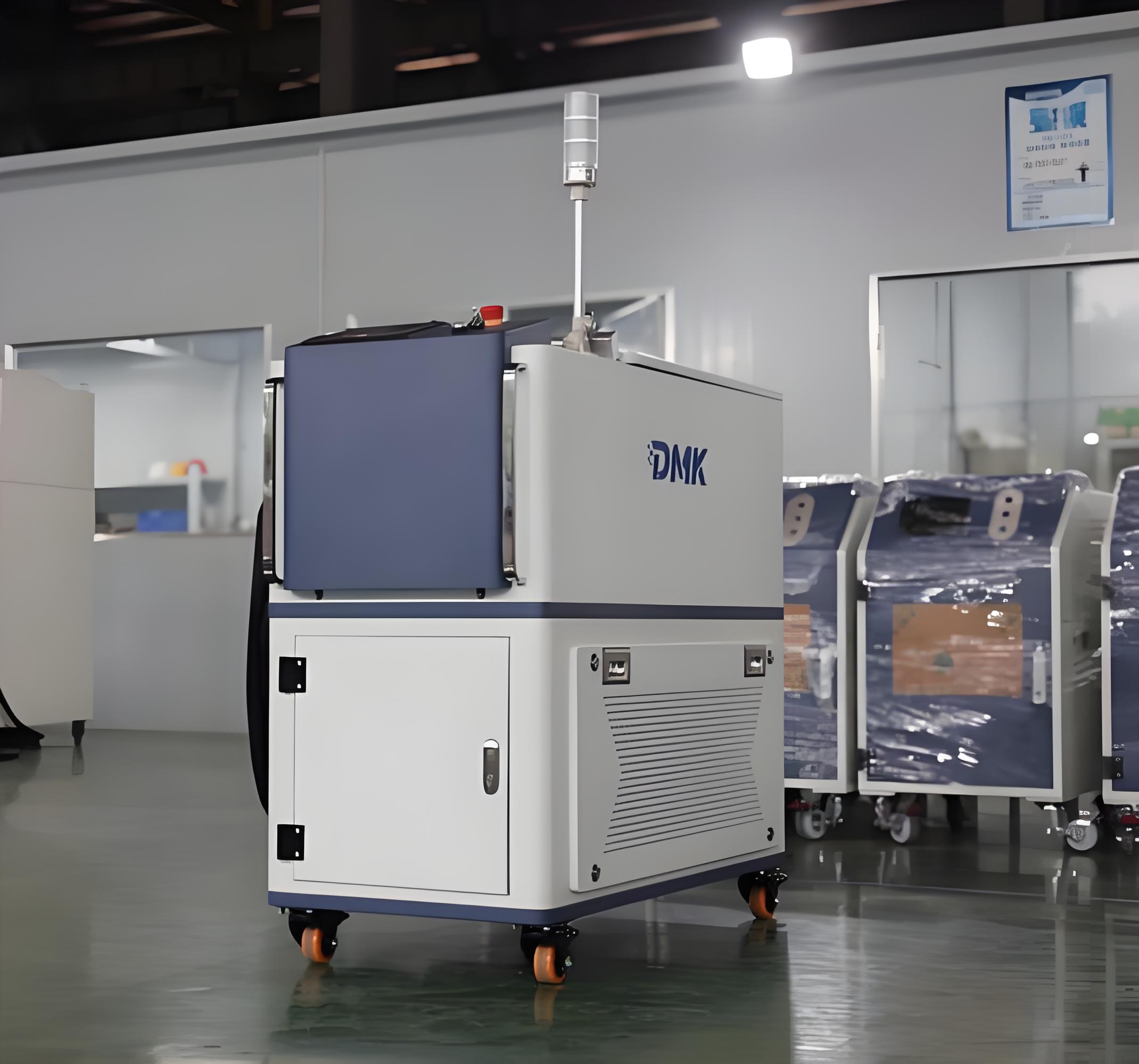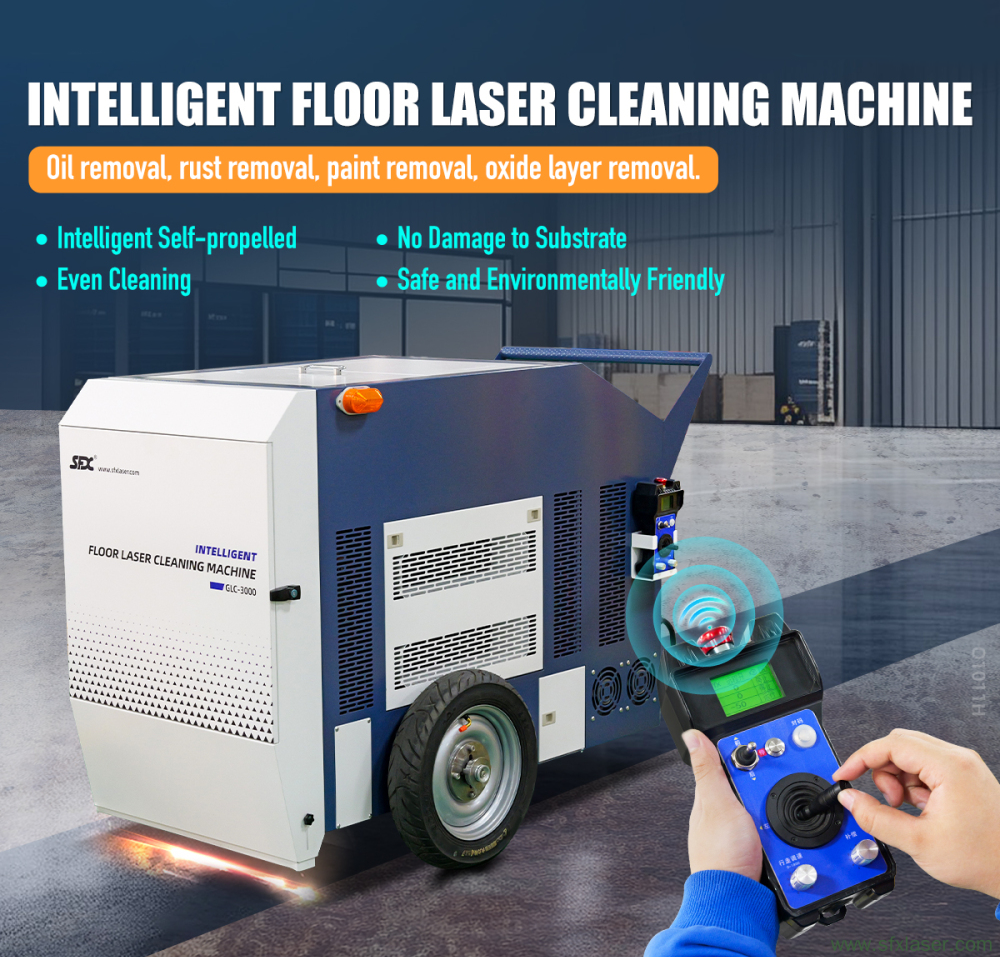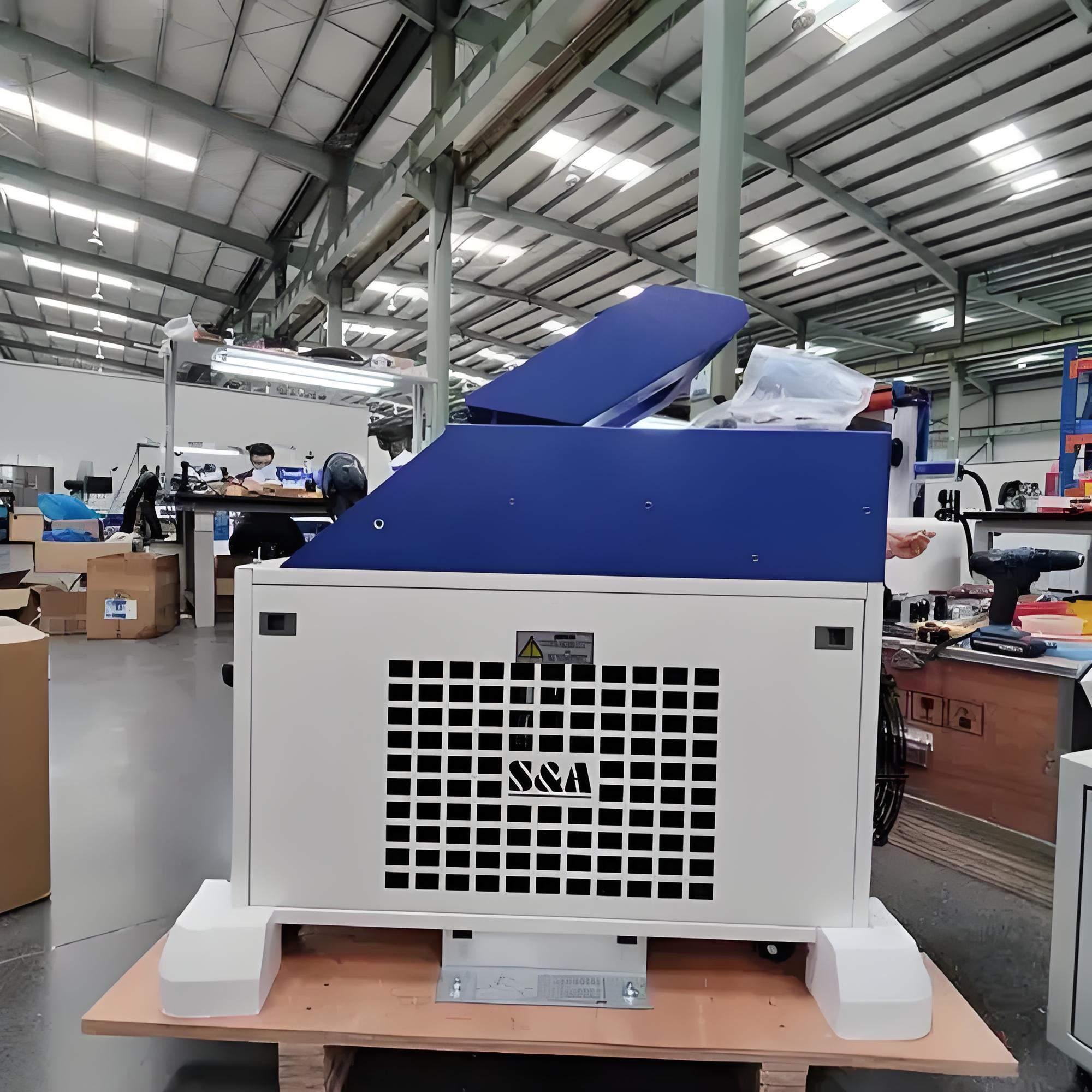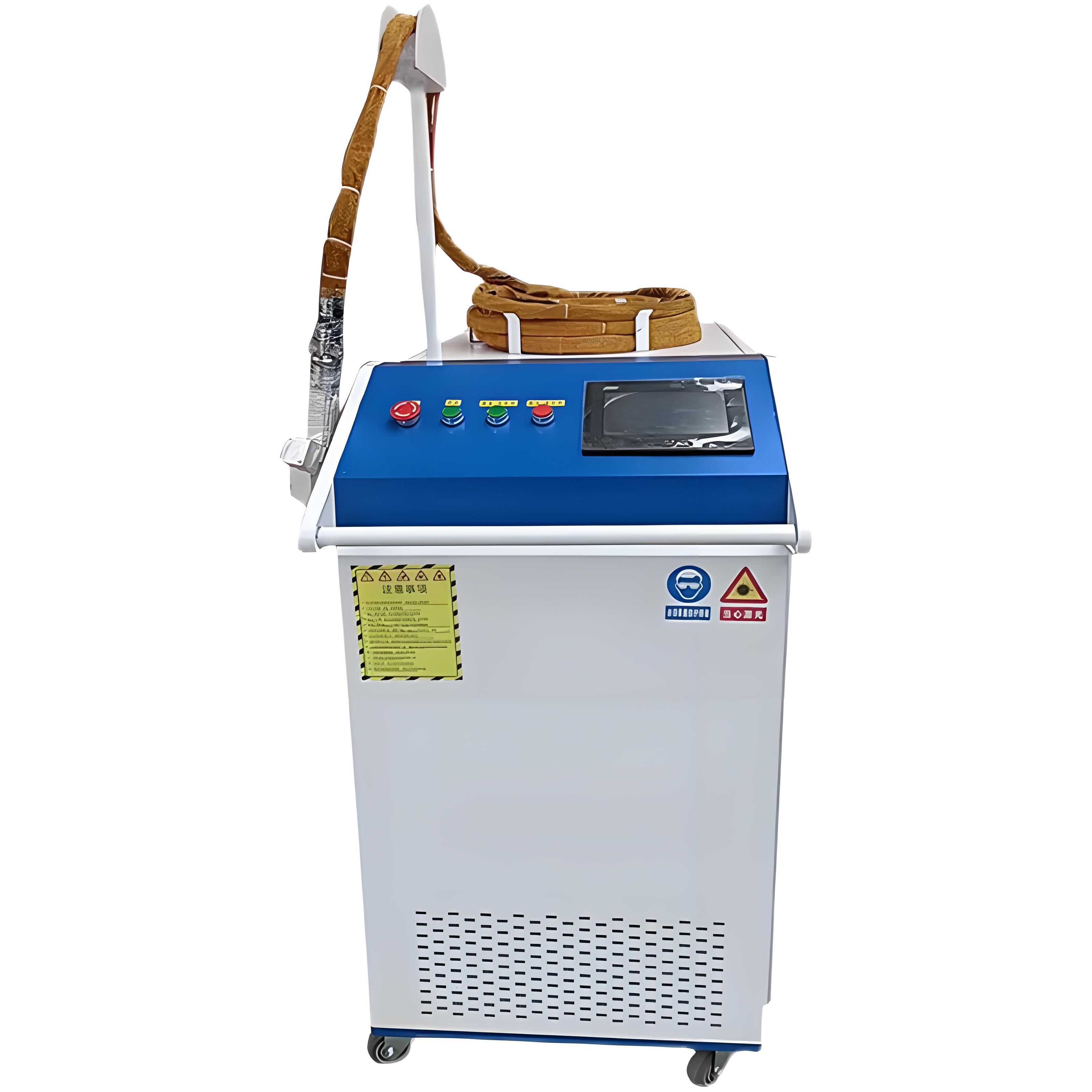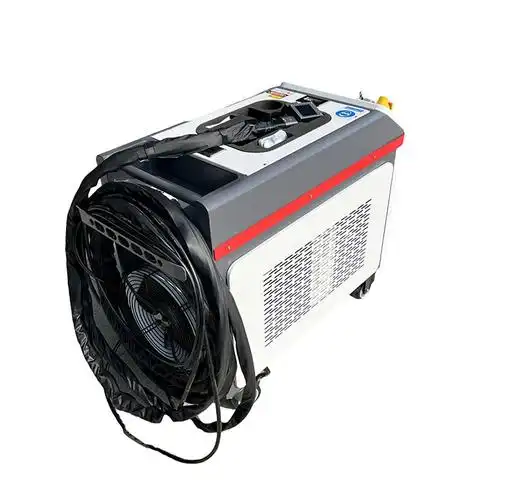As someone who’s been immersed in the world of industrial equipment for over a decade, I’ve seen technologies come and go, but few have made as significant an impact as laser rust removal machines. These devices have transformed how we tackle corrosion, offering a precise, eco-friendly, and efficient alternative to traditional methods like sandblasting or chemical treatments. If you’re curious about where these machines are making waves, let me share my insights on the industries where they’re not just useful but indispensable. From automotive workshops to shipyards, laser rust removal is carving out a niche, and I’ll walk you through the key players, their applications, and why this technology is a game-changer.
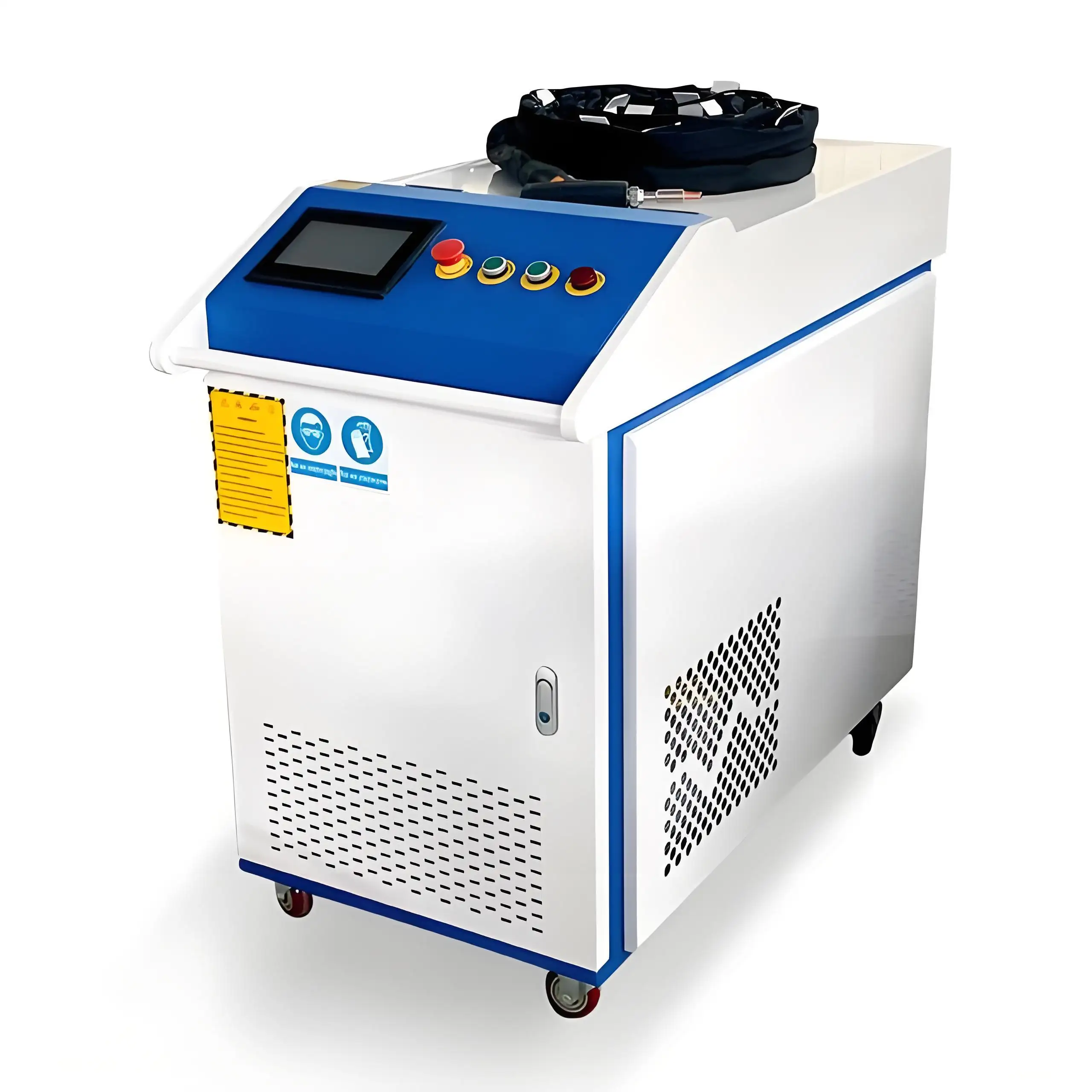
Why Laser Rust Removal Stands Out
Before diving into the industries, let’s talk about what makes laser rust removal so special. Unlike abrasive blasting, which can damage delicate surfaces, or chemical cleaners that leave behind hazardous waste, laser cleaning uses focused beams of light to vaporize rust without harming the underlying material. It’s non-contact, environmentally friendly, and incredibly precise. I’ve seen firsthand how it can strip rust from a vintage car part in seconds, leaving the metal pristine and ready for coating. This precision and efficiency are why certain industries can’t get enough of it.
Industries Leading the Charge in Laser Rust Removal
Over the years, I’ve worked with clients across various sectors, and I’ve noticed laser rust removal machines popping up in places where corrosion is a persistent headache. Below, I’ll break down the top industries where these machines are seeing high usage, based on my experience and conversations with colleagues in the field.
1. Automotive Industry
The automotive sector is a powerhouse when it comes to laser rust removal. Whether it’s restoring classic cars or maintaining production lines, rust is the enemy of precision and durability. I’ve visited workshops where mechanics use handheld laser cleaners to strip rust from engine components, chassis, and body panels without damaging the metal or surrounding paint. This is a lifesaver for vintage car restorers who need to preserve the integrity of rare parts.
In manufacturing, laser rust removal machines are used to prepare surfaces for welding or coating. For example, before assembling a car frame, manufacturers need clean, rust-free surfaces to ensure strong welds and long-lasting finishes. I recall a project where a client used a 1500W laser cleaner to prep steel panels for painting, cutting prep time by half compared to sandblasting. The result? Flawless coatings and fewer defects.
2. Shipbuilding and Maritime Industry
If there’s one industry where rust never sleeps, it’s shipbuilding. The salty, humid environment of the sea is a breeding ground for corrosion, and I’ve seen shipyards embrace laser rust removal to keep vessels in top shape. These machines are used to clean hulls, decks, and intricate components like propellers or engine parts. Unlike traditional methods, which can be messy and time-consuming, laser cleaning is quick and doesn’t require dismantling parts.
I once consulted for a shipyard that switched to a 2000W handheld laser cleaner for maintenance. The team was thrilled because they could clean rust off large surfaces without scaffolding or extensive setup. Plus, the process is eco-friendly—no chemical runoff into the water, which is a big win for compliance with environmental regulations. The maritime industry’s high usage of these machines stems from their ability to handle massive, complex structures while keeping costs and downtime low.
3. Aerospace Industry
Aerospace is another sector where laser rust removal shines. Aircraft components, from landing gear to turbine blades, are exposed to extreme conditions that can lead to corrosion. The precision of laser cleaning is critical here because even a small defect can compromise safety. I’ve seen aerospace engineers use laser systems to clean aluminum and titanium parts without altering their structural integrity.
One memorable project involved a client using a 500W laser cleaner to restore aircraft ground equipment for the military. The machine’s ability to target rust without affecting the underlying metal saved them from replacing costly parts. The aerospace industry values laser cleaning for its non-invasive nature and ability to meet stringent quality standards, making it a go-to for both manufacturing and maintenance.
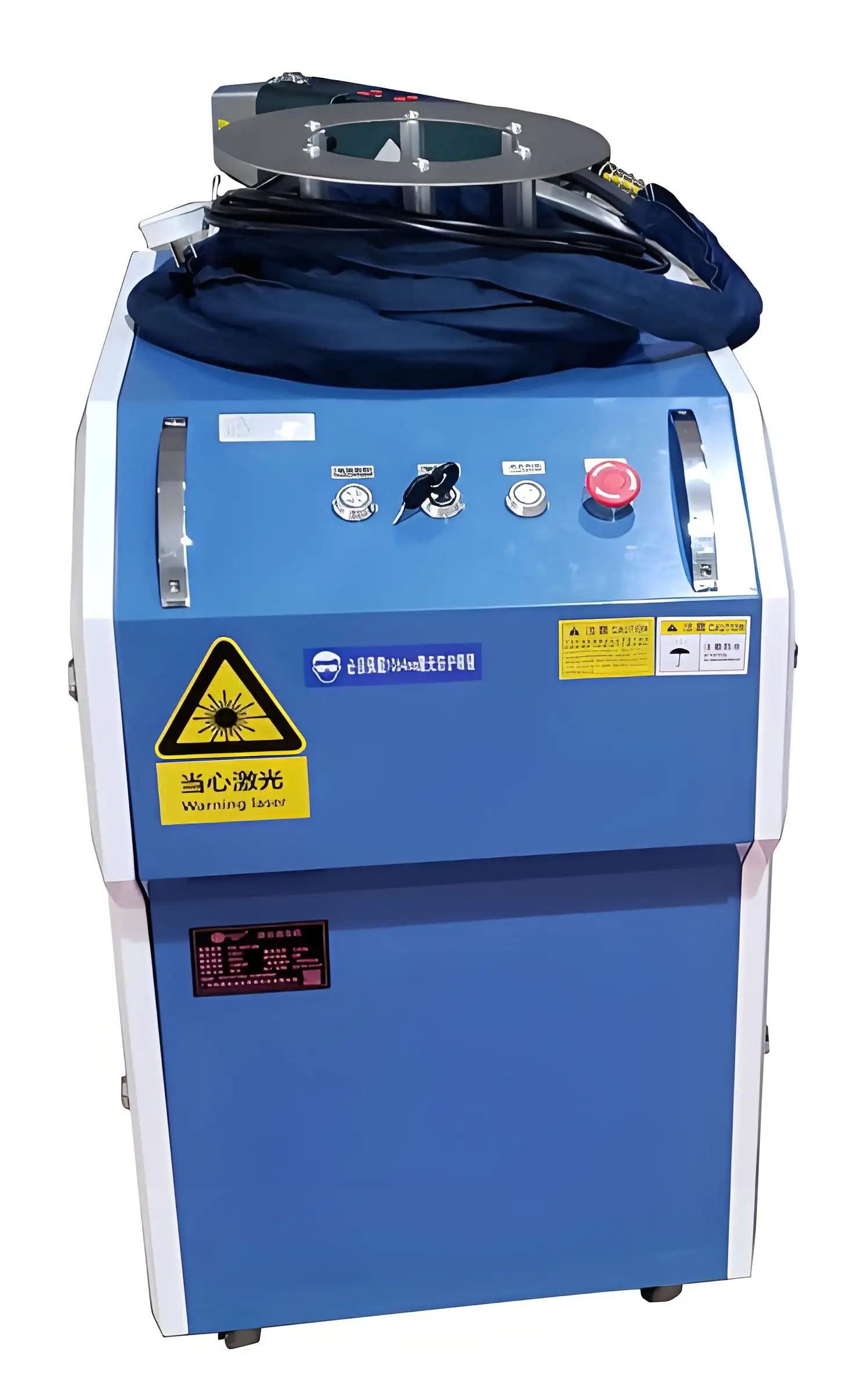
4. Manufacturing and Heavy Industry
In heavy manufacturing—think steel production, machinery, or industrial molds—rust can wreak havoc on equipment longevity and product quality. Laser rust removal machines are widely used to clean molds, tools, and production line components. I’ve worked with factories that rely on these machines to remove rust and contaminants from steel rollers or dies, ensuring smooth operations and high-quality output.
What’s impressive is how laser cleaning can be automated. I visited a steel plant where a robotic laser system was integrated into the production line, cleaning rust off components at a rate of 20 square meters per hour. This automation reduces labor costs and eliminates human error, which is why heavy industry is investing heavily in this technology.
5. Restoration and Conservation
This one might surprise you, but the restoration and conservation sector is a growing adopter of laser rust removal. From historical artifacts to architectural structures, conservators use lasers to clean rust and grime without damaging delicate surfaces. I once saw a team use a low-power 50W laser to restore a 19th-century iron gate, removing layers of rust while preserving the intricate details. The precision was astounding—no sanding or chemicals could have achieved that result.
Museums and restoration firms love laser cleaning because it’s gentle yet effective. It’s also used for cleaning stone, wood, and even ceramics, but when it comes to metal artifacts, rust removal is the star of the show. The ability to work on small, intricate pieces or large structures like bridges makes this technology a favorite in the field.
6. Electronics and Precision Engineering
In electronics, where components are tiny and delicate, laser rust removal is gaining traction. Rust on connectors, circuit boards, or semiconductor tools can cause malfunctions, and traditional cleaning methods are often too harsh. I’ve seen laser cleaners used to remove oxide layers from copper or steel components without affecting their conductivity or structure.
The precision of laser systems, especially those with 3-axis control, allows engineers to target rust on complex shapes like connectors or wires. This is critical in industries where downtime or component failure isn’t an option. The high adoption rate here comes from the need for non-invasive, high-precision cleaning that doesn’t introduce contaminants.
Comparing Industry Applications
To give you a clearer picture, here’s a table summarizing how laser rust removal machines are used across these industries, based on my observations:
|
Industry |
Primary Use |
Power Range (W) |
Key Benefit |
|---|---|---|---|
|
Automotive |
Surface prep, part restoration |
1000–2000 |
Precision, preserves paint |
|
Shipbuilding |
Hull and component cleaning |
1500–6000 |
Eco-friendly, large-scale cleaning |
|
Aerospace |
Component maintenance, ground equipment |
200–500 |
Non-invasive, meets safety standards |
|
Manufacturing |
Mold and tool cleaning, automation |
200–3000 |
Automation, reduces labor costs |
|
Restoration |
Artifact and structure preservation |
20–100 |
Gentle on delicate surfaces |
|
Electronics |
Precision component cleaning |
50–200 |
Non-contact, no contaminants |
This table reflects the versatility of laser rust removal. The power range varies depending on the scale and precision required, but the benefits—speed, eco-friendliness, and precision—are universal.
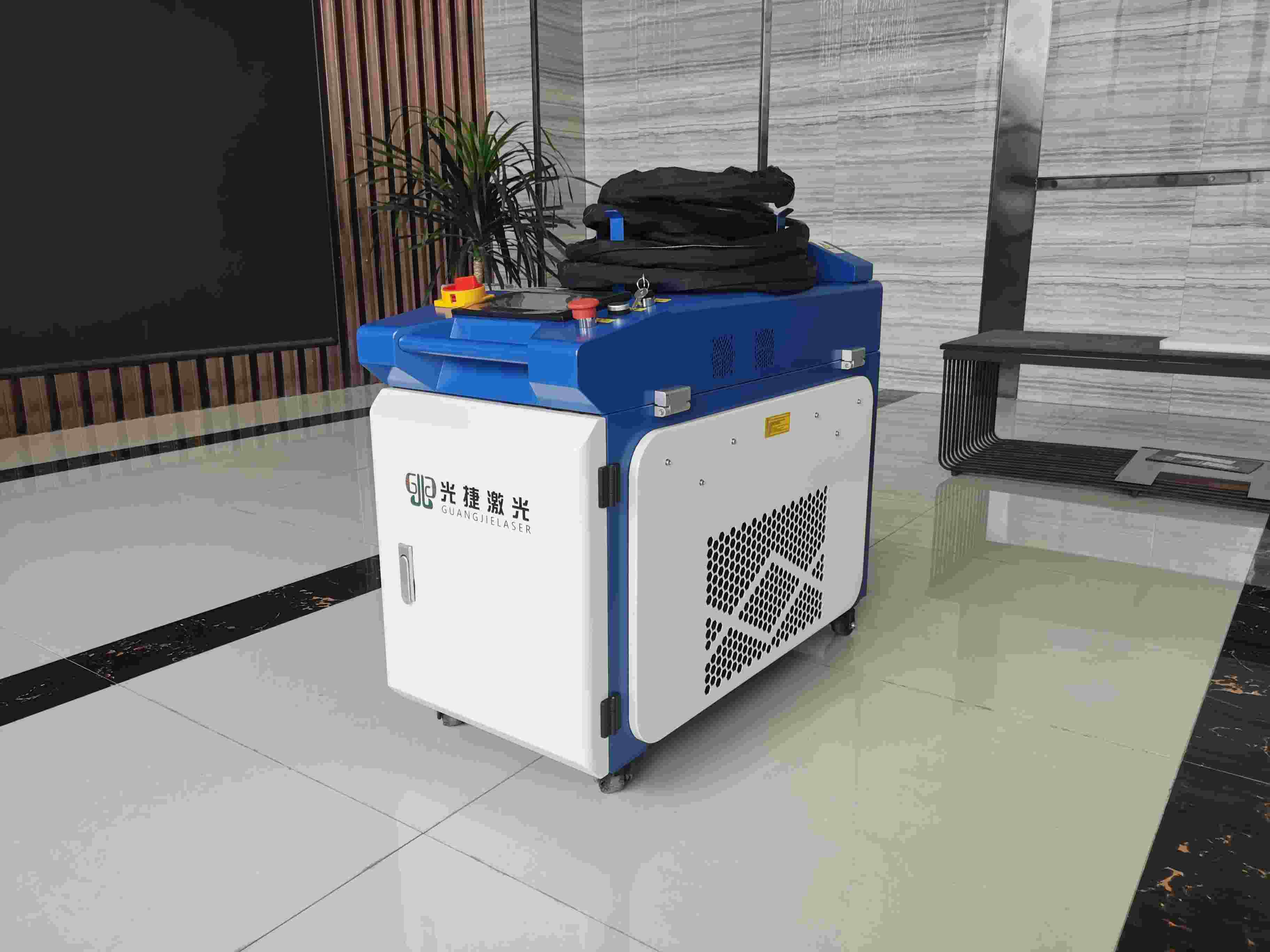
Why These Industries Can’t Get Enough
So, why are these industries so hooked on laser rust removal machines? It comes down to a few key factors I’ve seen play out in real-world applications:
Environmental Impact: Unlike chemical cleaners, lasers don’t produce hazardous waste. This is huge for industries like shipbuilding, where regulations are strict. I’ve seen companies reduce their environmental footprint significantly by switching to lasers.
Cost Efficiency: Yes, the upfront cost can be steep—$5,000 for entry-level models to over $50,000 for industrial systems. But the long-term savings are undeniable. No consumables, minimal maintenance, and reduced labor costs make it a smart investment. I’ve calculated ROIs for clients, and many recoup their investment within a year.
Precision and Safety: In aerospace and electronics, precision is non-negotiable. Lasers can target rust without damaging the substrate, which I’ve seen save countless parts from being scrapped.
Versatility: From small artifacts to massive ship hulls, laser cleaners adapt to different scales and materials. I’ve watched a single machine switch from cleaning a delicate circuit board to a steel beam in minutes.
Challenges and Considerations
No technology is perfect, and I’d be remiss not to mention some challenges. The initial cost can be a barrier for smaller businesses. For example, a 1000W handheld laser cleaner might set you back $6,800, while industrial models can exceed $100,000. Maintenance, though minimal, requires trained technicians, and I’ve seen some clients struggle to find qualified operators. Safety is another concern—proper eye protection and ventilation are musts, as I learned early in my career when a client overlooked these protocols and faced downtime.
Still, these hurdles are outweighed by the benefits. Training programs are becoming more accessible, and manufacturers are designing user-friendly systems. I’ve helped clients integrate laser cleaners into their workflows, and with the right setup, the learning curve is manageable.
Looking Ahead
The adoption of laser rust removal machines is only growing. I’ve seen the market expand by over 10% in recent years, with forecasts predicting even more growth by 2028. As technology advances, prices are becoming more affordable, and I expect smaller businesses to jump on board. Innovations like mobile connectivity for remote control and automated systems are making these machines even more appealing.
From my perspective, the future is bright for laser cleaning. Industries are under pressure to meet sustainability goals, and lasers fit the bill perfectly. I’ve already seen startups in the restoration space experiment with portable units, and I wouldn’t be surprised if they become as common as sandblasters in a decade.
Wrapping Up
After years in the industry, I can say with confidence that laser rust removal machines are revolutionizing how we tackle corrosion. From the precision demanded in aerospace to the large-scale needs of shipbuilding, these machines are proving their worth. They’re not just tools—they’re solutions that save time, money, and the environment. Whether you’re restoring a classic car or maintaining a factory production line, laser cleaning offers a level of efficiency and quality that’s hard to beat. If you’re in one of these industries, I’d encourage you to explore this technology. It’s not just about removing rust; it’s about elevating your entire operation.
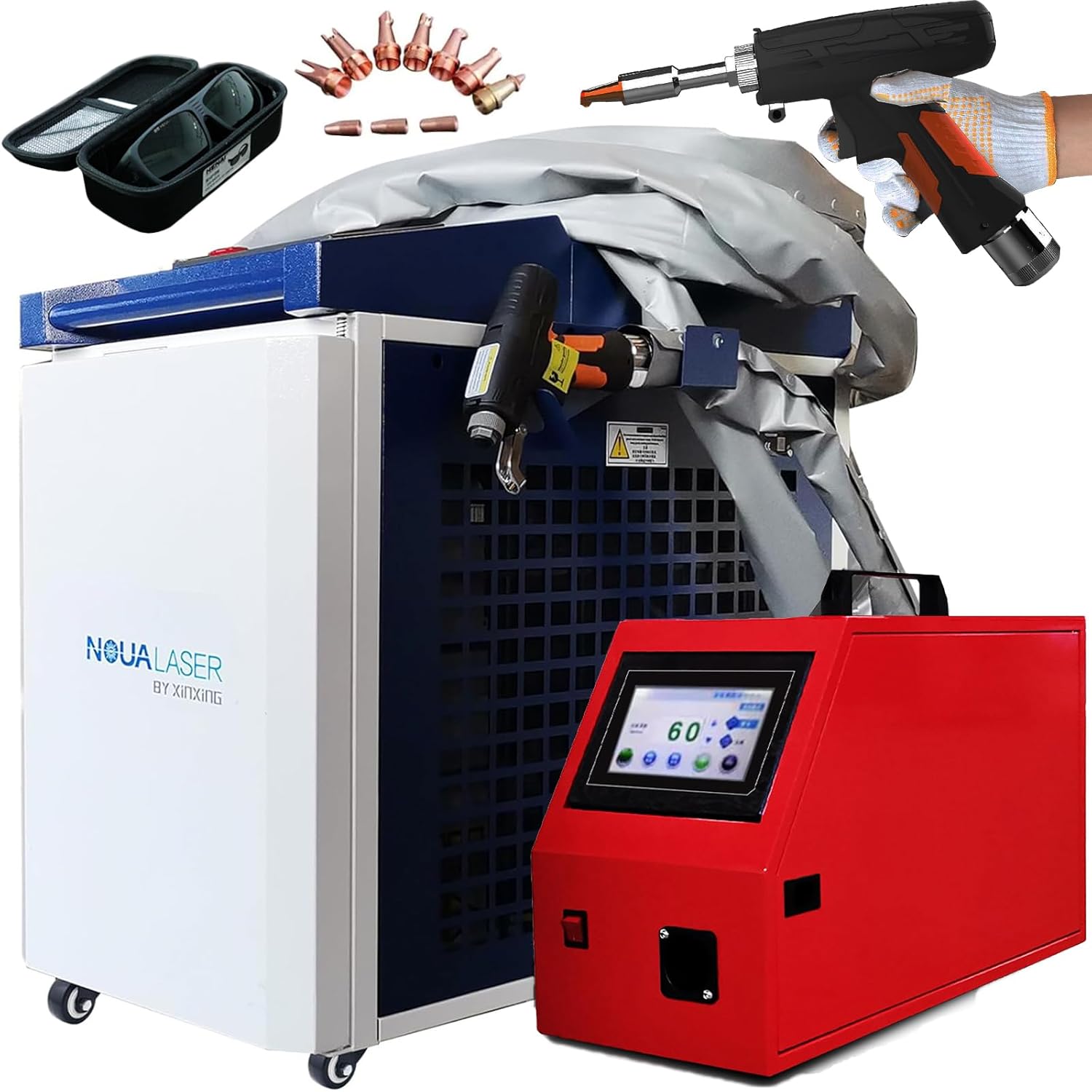
Related Questions and Answers
Q: How much does a laser rust removal machine cost?
A: Prices vary widely based on power and features. Entry-level handheld models start at around $5,000–$8,000, while industrial-grade systems can range from $10,000 to over $100,000. Factors like brand, power (e.g., 1000W vs. 6000W), and automation capabilities influence the cost. I’ve seen clients get great value from mid-range models for most applications.
Q: Is laser rust removal safe for delicate surfaces?
A: Absolutely. Laser cleaning is non-contact and can be tuned to remove rust without damaging the underlying material. I’ve seen it used on everything from vintage car parts to museum artifacts. Just ensure the operator uses the right settings and safety gear.
Q: Can laser rust removal be automated?
A: Yes, and this is a big draw for manufacturing. I’ve worked with factories that integrate laser cleaners with robotic arms, cleaning parts at high speeds with minimal human intervention. It’s ideal for high-volume production lines.
Q: How does laser rust removal compare to sandblasting?
A: Laser cleaning is cleaner, more precise, and eco-friendly, with no abrasive media or chemical waste. Sandblasting is cheaper upfront but messier and less precise. I’ve seen clients switch to lasers to reduce cleanup time and environmental compliance costs.
Q: Are there any industries where laser rust removal isn’t practical?
A: For low-volume or one-off projects, like refurbishing a single part, the ROI might not justify the cost. I’ve advised smaller shops to consider renting a machine or outsourcing to a service provider instead.

